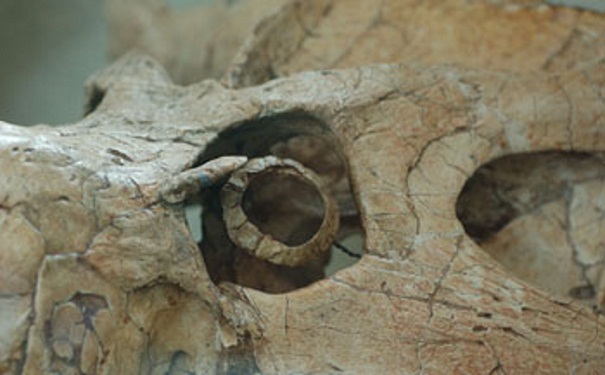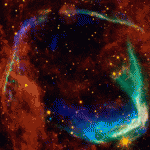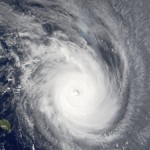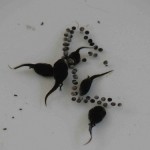
Protoceratops hunted at night. Image: Ryosuke Motani and Lars Schmitz.
Jurassic Park was right: velociraptors dined at night.
Until now, scientists have assumed that dinosaurs were active during the day, while the mammals roamed at night. But researchers from the University of California- Davis have determined that the big plant-eaters would have browsed for most of the day and well into the night, while the smaller predators would have hunted under the cover of darkness.
Professor Ryosuke Motani and postdoctoral researcher Lars Schmitz determined the dinosaur’s waking hours by examining their eyes. Dinosaurs, lizards and birds have a bony structure around their eyes, known as the scleral ring, which influences the diameter of the pupil and the length of the eye.
The researchers examined the eyes of 164 living species, confirming that eye measurements are a good way of predicting whether animals hunt during the day (diurnal), night (nocturnal) or both (cathemeral). Schmitz says “In nocturnals there is a very large pupil for given eye size, whereas the maximum pupil size in diurnals is much smaller.
“Cathemerals are intermediate, but have large eyes, which makes a good compromise for being able to have both good light sensitivity and acuity, which they both need as cathemerals.”
They then applied these findings to dinosaur fossils, ranging from small predators to large-plant eaters, flying reptiles and ancestral birds. The measurements revealed that small predators roamed at night, while plant-eaters ate almost around the clock- except during the hottest part of the day.
Schmitz says this may have been a function of both their size and their prey. “Herbivores have enormous foraging needs, on the basis of the nutritious value of their food and their size. Size also plays a role in overheat risk.
“Small nocturnal hunters may be better at successfully hunting because they can approach their prey silently, unnoticed by it and may be able to strike from close distance.”
These findings not only changes our perceptions of dinosaur diets and hunting times, but also how the Mesozoic ecosystem would have functioned. “We can now begin to reconstruct Mesozoic ecosystem accounting for differences in activity time, which is very important for understanding patterns of resource partitioning.”






